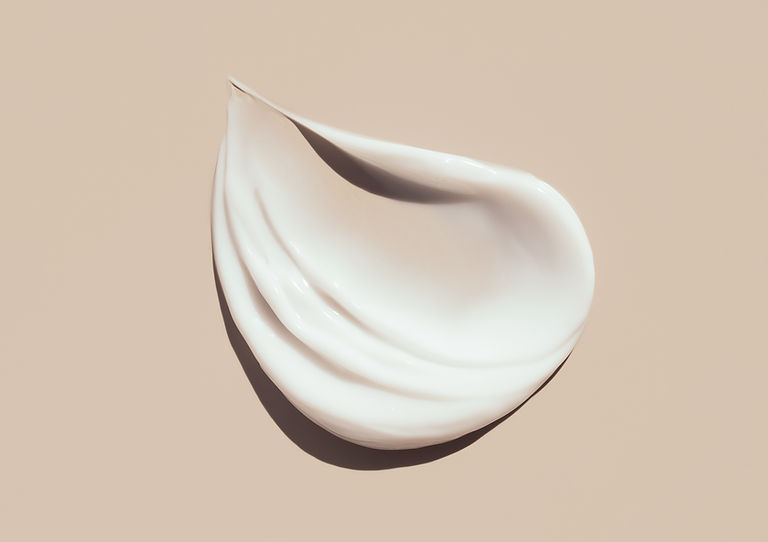The Vitamin A Journey: Understanding Retinol, Retinal, Retinaldehyde, and Beyond
- Aggie Singh
- Jan 10
- 3 min read
Updated: Jul 6

Introduction: The Story of Retinal and Vitamin A — A Skincare Hero
Imagine vitamin A as a superhero that your skin relies on to fight premature ageing, boost cell turnover, and maintain a youthful glow. But like any hero, it has many forms, each with different strengths and powers. Let’s take a journey to understand the key players — Retinol, Retinal, Retinaldehyde, and others — and how your skin transforms them to unleash their full potential.
The Vitamin A Family Tree
Think of the vitamin A family as a royal ancestor. Retinoic acid is at the top of the hierarchy, the active form your skin uses for cellular repair and rejuvenation. However, most vitamin A derivatives need to undergo a transformation process to become this powerful form.
Here’s the family tree: 1. Retinoid (the baby)is the general term for any Vitamin A-based skincare ingredients
2 . Retinol (the prince) is a gentler version of retinoid that requires several conversion steps to become active
3. Retinal (Retinaldehyde) (the knight) is one step closer to retinoic acid, more potent than retinol but still needs conversion
4. Retinoate | Retinyl Retinoate (royal advisor) is a partially converted form of Vitamin A that binds directly to skin receptors, making it faster and gentler than retinol without overwhelming the system. It is a partially converted hybrid molecule, a new technology.
5. Retinoic Acid (the king) is the active form of Vitamin A that delivers results directly to your skin cells. Prescription tretinoin or isotretinoin
Each member of the family has a unique role and strength.
Retinol — The Prince in Training
Retinol is the most popular vitamin A derivative in skincare products. It’s like a young prince with great potential but needs to be trained (converted) before he can take the throne.
Conversion Journey:
Retinol ➡️ Retinal ➡️ Retinoic Acid
Impact on Skin:
• Boosts collagen production
• Reduces fine lines and wrinkles
• Improves skin texture
However, since retinol requires a two-step conversion, it’s gentler on the skin but takes time to show results.
Retinal (Retinaldehyde) — The Knight in Armor
Next in line is Retinal, the knight who’s closer to the throne. It’s more powerful than retinol because it requires only one conversion step to become retinoic acid.
Conversion Journey:
Retinal ➡️ Retinoic Acid
Impact on Skin:
• Works faster than retinol
• More effective for acne and pigmentation
• Slightly higher risk of irritation
Retinal is like a knight who can handle more battles, making it a great choice for those looking for faster results.
Retinaldehyde — The Secret Weapon
Retinaldehyde is a hidden gem in the skincare world. It sits between retinol and retinoic acid in terms of strength, offering a balance of effectiveness and gentleness.
Impact on Skin:
• Speeds up skin renewal
• Reduces fine lines and dark spots
• Less irritating than retinoic acid
Retinoic Acid — The King of Results
Retinoic Acid is the active form that doesn’t require any conversion. It’s the most powerful, but also the most irritating. It’s often prescribed as Tretinoin or Isotretinoin.
Impact on Skin:
• Immediate cell renewal
• Treats severe acne
• Reduces deep wrinkles
However, this king’s power comes with responsibility. It requires careful introduction and monitoring to avoid irritation.
The Conversion Path — How Your
Here’s a simplified version of how your skin converts these derivatives:
➡️ Retinol (2 steps to convert)
➡️ Retinal (Retinaldehyde) (1 step to convert)
➡️ Retinoic Acid (no conversion required)
Transitioning Safely Between Strengths
Think of moving from retinol to retinal or retinoic acid like training for a marathon. You don’t sprint on the first day — you start slow and build tolerance over time.
Tips for Transitioning:
1. Start Low & Slow: Begin with lower-strength retinol products.
2. Gradual Introduction: Use twice a week, then increase frequency.
3. Listen to Your Skin: If you experience irritation, scale back.
4. Moisturize & Protect: Always pair with a moisturizer and SPF.
The Importance of Patience
The journey of vitamin A is not a quick fix. Just like any great transformation story, it takes time, consistency, and patience. Your skin will thank you in the long run with healthier, stronger, and more youthful results.
Conclusion: Empowering Your Skincare JourneyNow that you know the difference between these vitamin A derivatives, you can make informed decisions for your skin. Remember, the best results come from a long-term commitment to skin health — not quick fixes.
Aggie Singh
🏆 Winner of International TSG Atlanta USA 2024
🇺🇸 Expert Judge Panel – THE SKIN GAMES, USA
🇬🇧 Skin Barrier Specialist

-01.jpg)



Comments